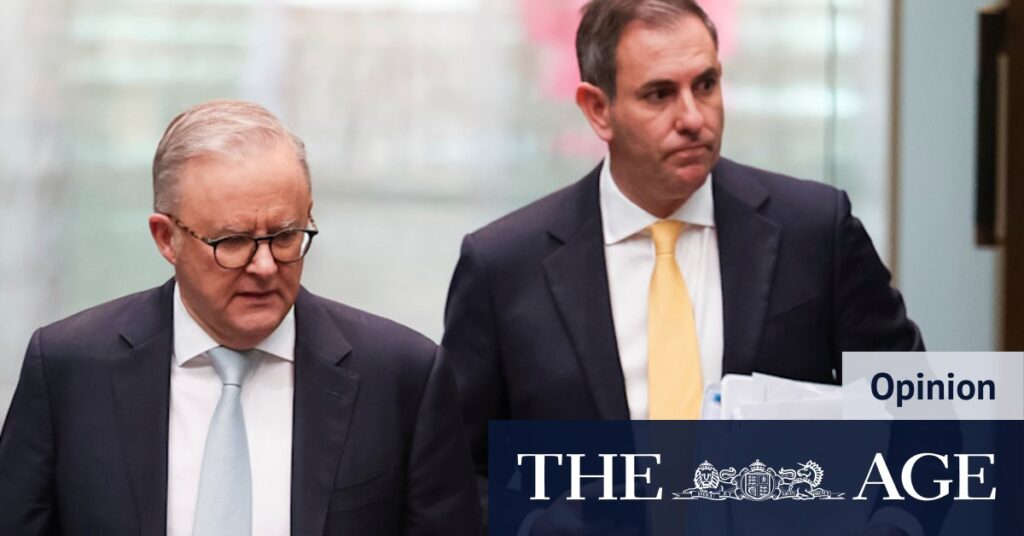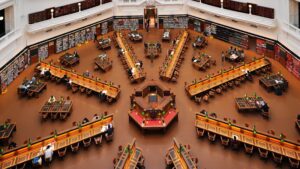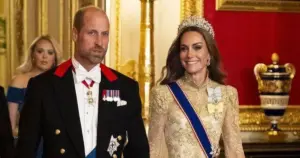
Is there a growing rift between Australian Prime Minister Anthony Albanese and Treasurer Jim Chalmers? This question looms large after recent events suggested a possible breakdown in their working relationship. Chalmers, who had staunchly defended his proposed superannuation tax changes for two years, appeared notably subdued as he announced significant amendments to the policy this week. These changes, described by Chalmers as mere “tweaks,” were largely aimed at appeasing critics.
If tensions do exist between Albanese and Chalmers, it could have significant implications for the government. The prime minister-treasurer relationship is pivotal, often shaping the effectiveness and direction of an administration. Historical precedents abound: Peter Costello and John Howard managed a successful partnership despite personal distance, while Paul Keating and Bob Hawke were initially a formidable duo before their relationship soured over leadership disputes. More recently, Josh Frydenberg and Scott Morrison shared a close bond, though some critics felt Frydenberg was overly deferential to Morrison.
Despite nearly four years in power, the dynamics between Albanese and Chalmers remain somewhat opaque. Both leaders insist their professional relationship is solid. Chalmers once noted that he might speak to Albanese multiple times a day, but could also go several days with minimal contact. To underscore their camaraderie, he recounted a recent call from Albanese and his fiancée, Jodie Haydon, seeking help with a crossword puzzle.
Shared History and Diverging Paths
Albanese and Chalmers share several personal connections. They regularly dine together at the Lodge, share a birthday, and both hail from modest backgrounds. Their acquaintance dates back decades, to when Chalmers was a political staffer and Albanese a shadow minister. However, key differences exist, including a 15-year age gap and their affiliations with different political factions: Albanese with the Left and Chalmers with the Right.
Chalmers’ economic philosophy leans towards wealth redistribution, akin to his former mentor, ex-treasurer Wayne Swan. In contrast, Albanese is perceived as more business-friendly, focusing on expanding the national economy rather than merely redistributing wealth. Their closest political allies also differ, with Albanese aligning with cabinet ministers like Penny Wong, Katy Gallagher, and Mark Butler, while Chalmers counts Anthony Chisholm and Tanya Plibersek among his confidants.
The Superannuation Tax Controversy
The recent superannuation tax revisions, announced by Chalmers, included removing the tax on unrealized capital gains, introducing a two-bracket tax system, and boosting super for low-income earners. These changes were seen as necessary, particularly the removal of the contentious tax on unrealized gains. However, the revisions also highlighted Albanese’s cautious approach to spending political capital, as he overruled the ambitious treasurer.
“Everyone realises Jim has eaten a giant shit sandwich; the question is why?” — A cabinet minister, speaking on condition of anonymity.
Concerns within the government about the original super proposal had been mounting, prompting Albanese to intervene. Although he allowed Chalmers to reshape the package, the directive was clear: fix it. This was not the first instance of Albanese overriding a minister. He previously shelved Tanya Plibersek’s environmental reforms and paused Chalmers’ push to alter the stage three tax cuts.
Political Calculations and Future Implications
Chalmers’ frustration was evident during the press conference, where he initially avoided questions from outlets that had opposed his original plan. Meanwhile, Albanese was vacationing on a Micronesian island, away from the media spotlight. The timing of the announcement, with Albanese on leave, remains puzzling, especially since the proposal had stalled and parliament was not in session.
Before departing on holiday, Albanese and Chalmers, along with the Expenditure Review Committee, finalized the changes. The cabinet’s subsequent approval was a mere formality. A cabinet minister described the decision and its timing as a “snub,” questioning why Chalmers had to bear the brunt of the backlash.
“Albo is there for as long as he wants, that’s the reality. And if he decided to leave, the replacement would be Albo’s pick.” — A cabinet minister.
Speculation abounds that Albanese may be wary of Chalmers’ leadership ambitions. While this could be a factor, it’s not the entire story. Albanese’s strong support from his Left faction and key right-wing figures like Tony Burke and Don Farrell solidifies his position. Perhaps Albanese is reserving his political capital for future initiatives he prioritizes.
The manner and timing of the superannuation backdown, with Chalmers left to announce it alone, was undoubtedly harsh. While the treasurer is likely to recover, questions about his relationship with the prime minister will persist. The unfolding dynamics between Albanese and Chalmers will be closely watched, as they could significantly influence the government’s trajectory.
James Massola is chief political commentator.
Stay informed with the latest in federal politics by subscribing to our weekly Inside Politics newsletter for news, views, and expert analysis.





